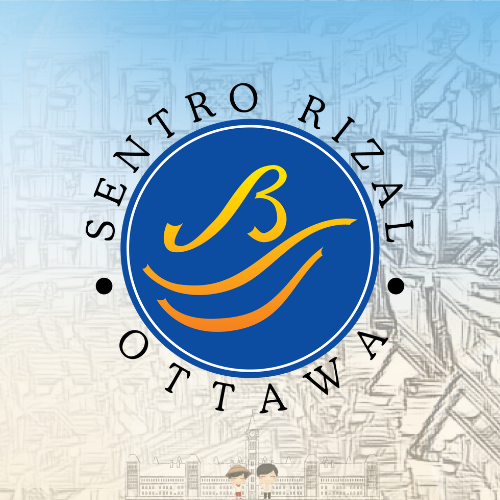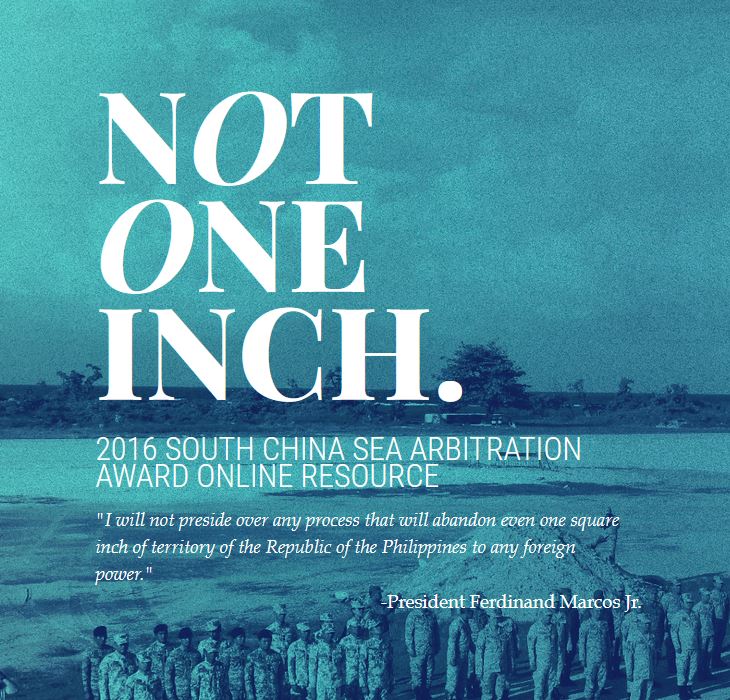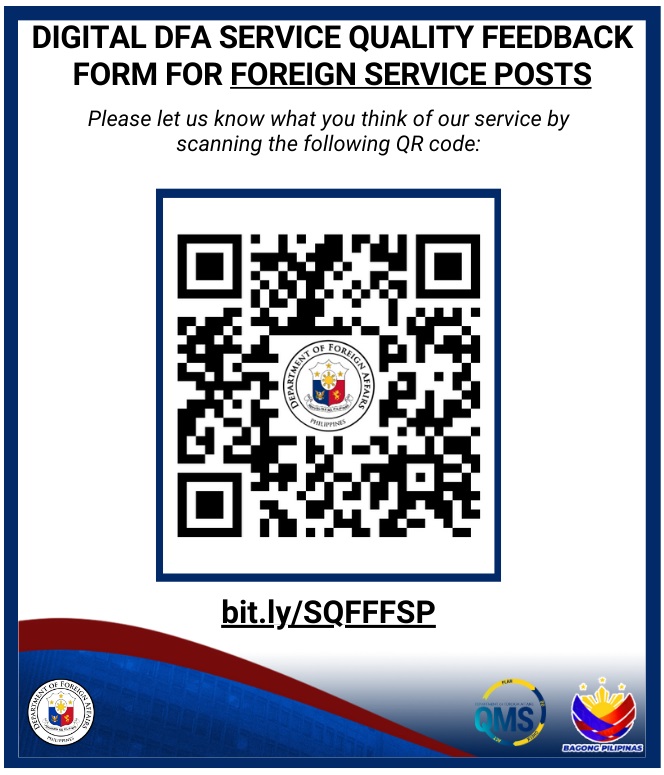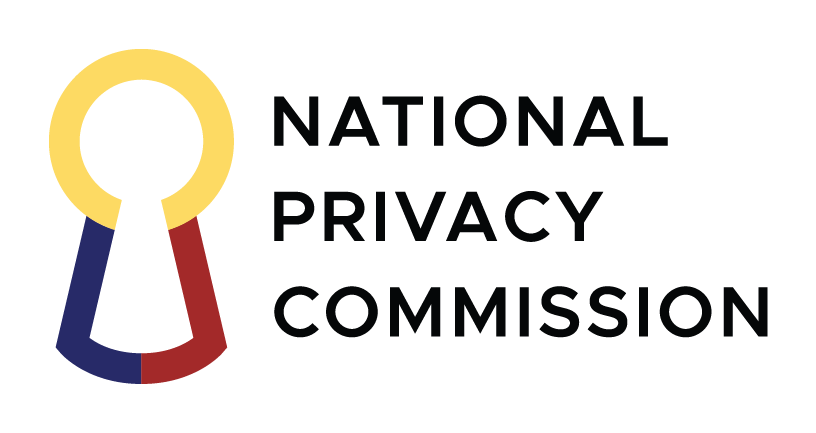Philippines - Canada Relations
The Filipino Diaspora in Canada
- Details
- Hits: 119044
As of 2021, there are 925,490 people in Canada of Filipino ethnic origin, according to the census conducted by Statistics Canada. Of countries in the Indo-Pacific region, Filipinos and Filipino-Canadians constitute the third-largest population in Canada in terms of ethnic or cultural origin, following the Indian (1,347,715) and Chinese (1,713,870) populations in the country.
From 2016 to 2021, Canada welcomed 1,328,240 new immigrants. The Philippines continues to be the second-largest source of immigrants after India, contributing 151,490 individuals (or 11.4% of the total) to the country.
The breakdown of population with Filipino ethnic origin per province/territory is reported as follows:
|
Province/Territory |
Total Population (province/territory) |
Filipino population (ethnic or cultural origin) |
Percentage of Filipino population to the province/territory population |
|
Newfoundland and Labrador |
510,550 |
2,255 |
0.44% |
|
Prince Edward Island |
154,331 |
1,600 |
1.04% |
|
Nova Scotia |
969,383 |
5,790 |
0.60% |
|
New Brunswick |
775,610 |
4,960 |
0.64% |
|
Quebec |
8,501,833 |
43,580 |
0.51% |
|
Ontario |
14,223,942 |
355,680 |
2.50% |
|
Manitoba |
1,342,153 |
90,945 |
6.78% |
|
Saskatchewan |
1,132,505 |
40,160 |
3.55% |
|
Alberta |
4,262,635 |
203,955 |
4.78% |
|
British Columbia |
5,000,879 |
172,915 |
3.46% |
|
Yukon |
40,232 |
1,780 |
4.42% |
|
Northwest Territories |
41,070 |
1,550 |
|
|
Nunavut |
36,858 |
305 |
0.83% |
|
Canada |
36,991,981 |
925,490 |
2.50% |
The Filipino and Filipino-Canadian population in the country is primarily concentrated in four Canadian provinces: Ontario, Alberta, British Columbia, and Manitoba. Together, Filipinos and Filipino-Canadians constitute approximately 2.5 percent of Canada's population. Percentage-wise, out of all provinces/territories, Manitoba has the highest proportion of Filipinos compared to the total population of the province or territory (6.78%). Meanwhile, in absolute numbers, the province of Ontario boasts the largest Filipino and Filipino-Canadian population, with 355,680 individuals.
The following are other relevant information culled from the 2021 census:
National
- The number of Filipinos in Canada increased by 88,360 or 10.56% from 837,130 in 2016 to 925,490 as of 2021.
- Filipinos in Canada (925,490) now comprise 2.5% of the population of the country (36,991,980), up from 2.4% of the population of the country (35,151,728) in 2016.
- The number of Filipino women in Canada (510,570) outnumbered men (414,915). Filipino women also outnumber Filipino men across all 13 provinces and territories of Canada.
Provincial
- Ontario remained the province with the most number of Filipinos with the number of Filipinos (355,680) increasing by 5.31 % from 2016 (337,760). They also hold 38.43 % of the total number of Filipinos in Canada.
- Manitoba retained its position with the highest proportion of Filipinos on a per capita basis, with Filipinos comprising 6.78% of the provincial population. Following Manitoba are Alberta (4.78%) and Yukon (4.42%).
- New Brunswick saw the biggest increase by 133% from 2,130 to 4,960 Filipinos in the province. This was followed by Prince Edward Island at 1,600 (121% increase), and by Nova Scotia at 5,790 (62% increase).
Languages
- As of 2021, there were 461,150 Tagalog (Pilipino, Filipino) speakers in Canada who considered it their mother tongue, constituting 49.8% % of all Filipinos in the country
- In the census, seven other Philippine languages appeared alongside Tagalog: Bikol, Cebuano, Hiligaynon, Ilocano, Bisaya, Pampangan, Pangasinan, and Waray-Waray.
- Ilocano (33,520) and Cebuano (18,945) followed Tagalog as the Philippine languages considered as mother tongues by the Filipino population in Canada.
Philippines - Canada Relations
- Details
- Hits: 54524
Official Relations
The official relationship between the Philippines and Canada started in 1949 when Canada established a trade mission to Manila. The Canadian trade mission was formally upgraded into a diplomatic mission in 1972. Aside from its embassy in Manila, Canada now has a Consulate in Cebu.
The Philippines first established its diplomatic presence in Canada when it opened a Consulate in Vancouver, British Columbia in May, 1956 with Consul Gauttier F. Bisnar as Head of Post. It was upgraded into a Consulate General on 24 August 1962 with Francisco O. Oira as Consul General. The Philippine Embassy in Ottawa was later opened on 1 March 1971, headed by Ambassador Privado G. Jimenez.
The Philippine Consulate General in Toronto, Ontario subsequently opened on 5 September 1978 with Leovegildo Anolin as Principal Officer. The latest addition to the Philippine government's presence in Canada is its Consulate General in Calgary, Alberta with the arrival of Consul General Julius Torres on 27 February 2016.
The official relationship, however, was preceded by commercial exchanges when Sunlife of Canada opened a branch office in Manila more than a century ago in 1896.
The Philippines and Canada established a Joint Committee on Bilateral Cooperation to manage their expanding bilateral exchanges. Its third meeting at senior officials level was in Manila last February, 2017 and covered discussions on political, cultural, trade, and migration issues.
The Philippines also stands as the coordinating country of ASEAN for Canada. ASEAN and Canada mark the 40th year of their dialogue relationship in 2017 under Philippine chairmanship of ASEAN.
High Level Visits
An active exchange of high-level visits reflect the excellent bilateral relationship between the two countries. Prime Minister Justin Trudeau travelled to Manila in November, 2015 to attend the Asia-Pacific Economic Cooperation Leaders Meeting, his second official travel after stepping up as Canada's head of government in elections a few days earlier. His predecessor, Stephen Harper, visited Manila in 2012.
Before the APEC Economic Leaders Meeting in Manila, then President Benigno S. Aquino III visited Canada in May, 2015 on a State Visit. His predecessor, President Fidel V. Ramos, visited Canada in 1997 while then President Corazon C. Aquino undertook a State Visit to Canada in 1989.
Parliamentary Relationship
In the field of parliamentary exchanges, the Canadian Parliament established a Canada-Philippines Parliamentary Friendship Group on 12 May 2009. Its objective is "to provide a forum for the exchange of ideas and promote the expansion of relations between the Philippines and Canada." The launching of this Parliamentary Friendship Group highlighted the 60th Anniversary of cordial and fruitful relations between the two countries. It is currently co-chaired by Senator Tobias Enverga, Jr. (Conservative), the only Filipino-Canadian appointed to the Senate of Canada to date, and MP Kevin Lamoureux (Liberal, Winnipeg North) as Co-Chair.
On 07 December 2010, the Philippine House of Representatives adopted House Resolution No. 228 "Organizing the Philippines-Canada Parliamentarians Friendship Group." The counterpart Friendship Group serves as an additional platform for legislators from both countries to work together towards mutually-beneficial ends.
The first and only member of the House of Commons in the Canadian federal parliament who was of Filipino heritage was Dr. Rey Pagtakhan who was elected in November, 1988 to represent the riding of Winnipeg North as a member of the Liberal Party. He served until 2004.
Consular Jurisdiction
The Philippine Embassy in Ottawa has consular jurisdiction over the following provinces and territory, namely: Quebec, Newfoundland and Labrador, Nova Scotia, New Brunswick, Prince Edward Island, Nunavut, Eastern Ontario, and the Ottawa-Gatineau Capital Region.
Within the consular jurisdiction of the Philippine Embassy are 52,806 Filipinos. Most of the Filipinos and Filipino-Canadians found within the consular jurisdiction of the Philippine Embassy reside in the province of Quebec, with 96 per cent of them found in the City of Montreal, or 32,740 individuals; followed by 11,905 in the Ottawa-Gatineau Capital Region.
Canadians in the Philippines
Canada placed the number of Canadians residing in the Philippines at approximately 15,000.
Canadian tourists accounted for the eighth largest group of foreign tourists to the Philippines in 2016 with 175,630 arrivals, but represented the fourth largest in spending at PhP732.05 million.
Bilateral Trade
The Philippine Statistics Authority (PSA) ranked Canada as the sixth largest trading partner of the Philippines based on trade statistics for the first semester of 2016, with bilateral trade valued at US$463.96 million. The Philippines exported more to Canada (US$260.63 million) than it imported (US$203.33) during this semester. The volume accounted for 0.7 per cent of Philippine foreign trade for this period.
In 2015, bilateral trade between the Philippines and Canada reached more than US$957.6 million, with the Philippines reporting US$563.5 million worth of exports to Canada and importing US$394.1 million.
NEWS FROM THE EMBASSY
PHOTO RELEASE
TRADE AND INVESTMENT
TOURISM
SPECIAL FEATURE

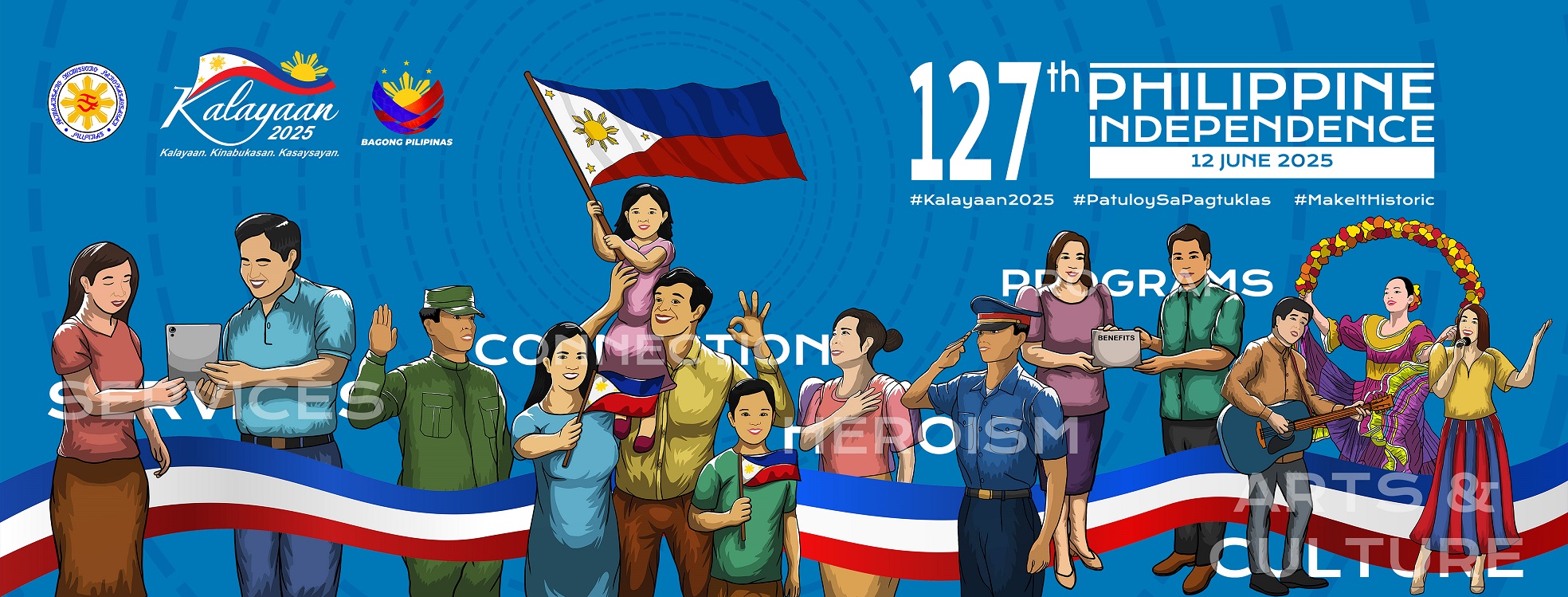

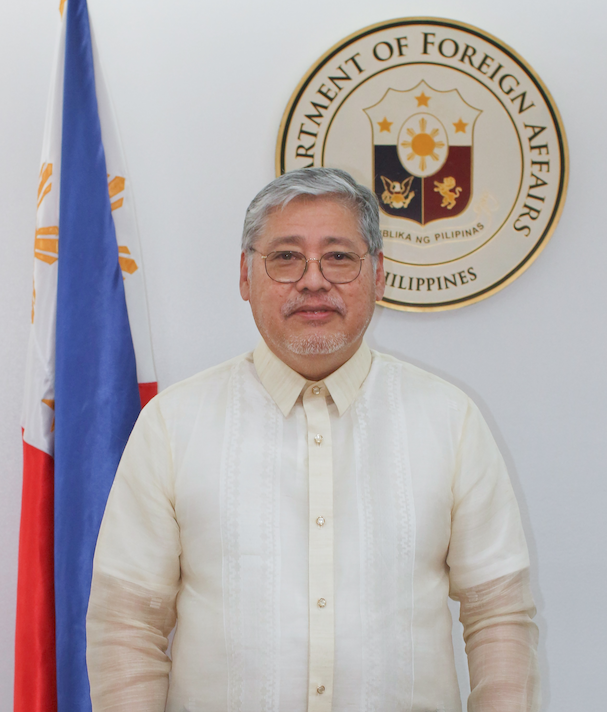

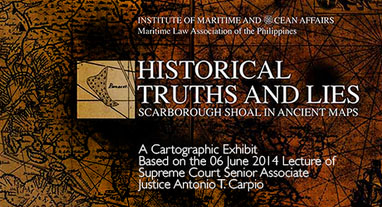

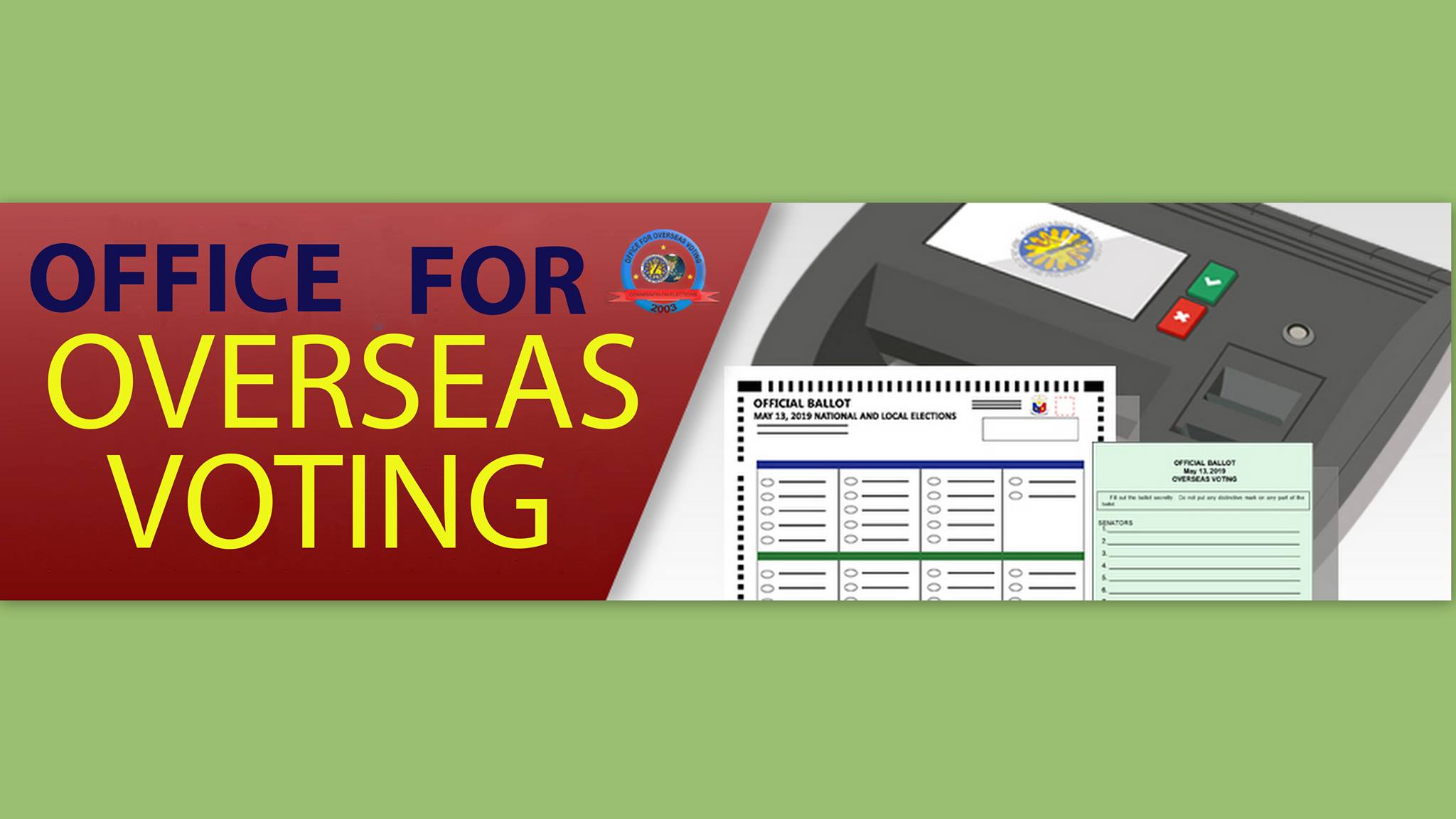




 For more information, download the flyer
For more information, download the flyer 



